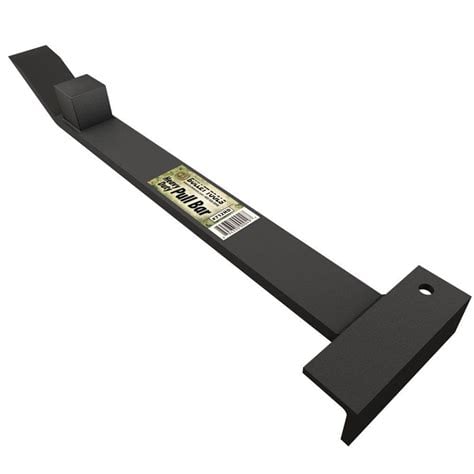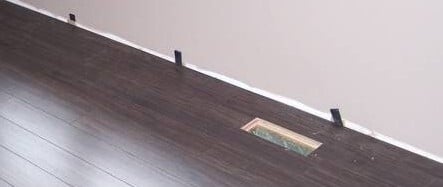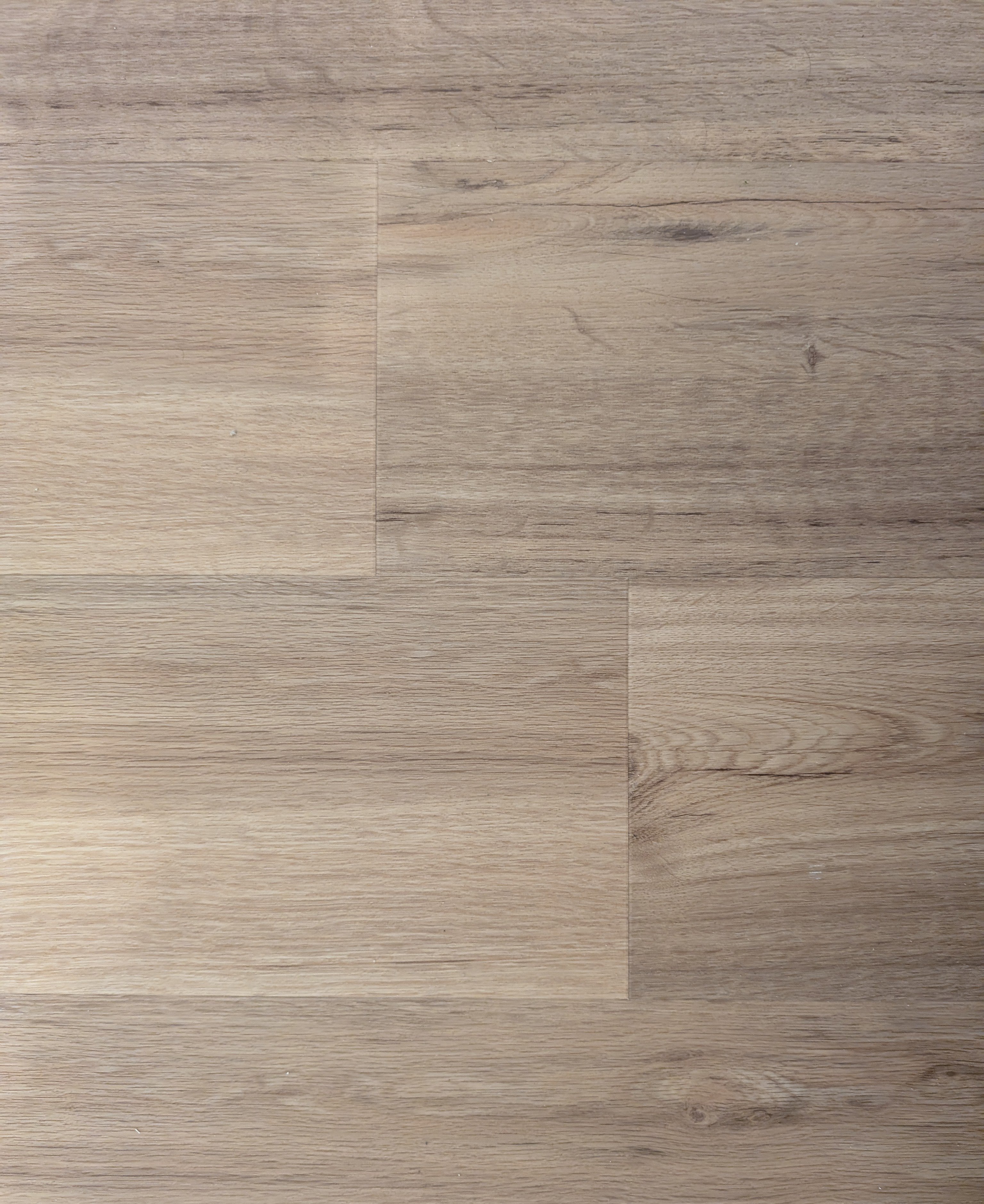

I don’t know what your previous setup was, but given that running resolved fixes your DNS issues, run:
ln -sf ../run/systemd/resolve/stub-resolv.conf /etc/resolv.conf
This will point programs that use /etc/resolved.conf during DNS resolution to the local DNS server provided by systemd-resolved.
Then, enable resolved so that it is started when you reboot:
systemctl enable systemd-resolved.service
Finally, start the service so that it is available immediately:
systemctl start systemd-resolved.service
You will want it run those with the required permissions, e. g. via sudo.









Are you driving? Did you ever have the impulse to just jerk your steering wheel and crash into that tree rapidly approaching at 120mph?
https://en.m.wikipedia.org/wiki/Intrusive_thought
The comic plays off of that.